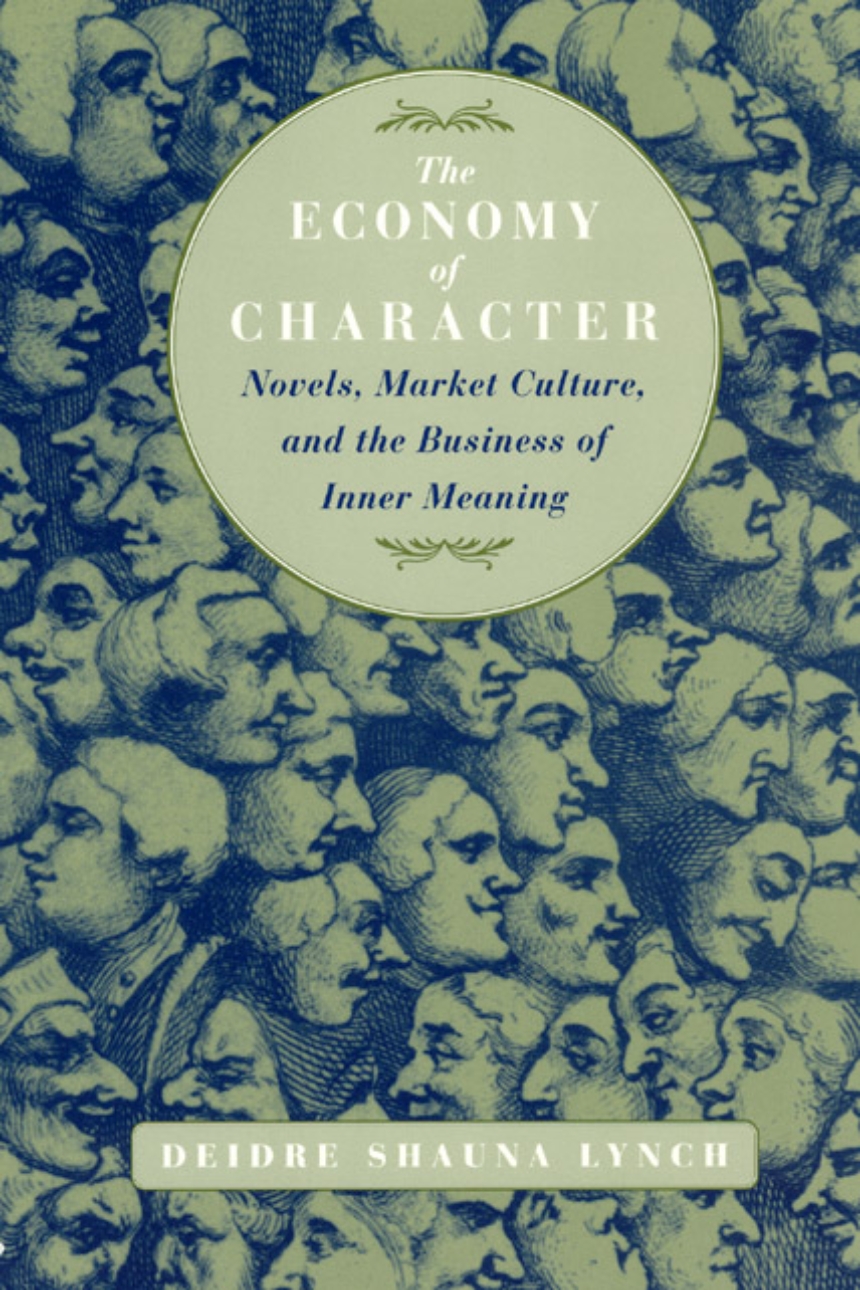The Economy of Character
Novels, Market Culture, and the Business of Inner Meaning
9780226498201
9780226498195
The Economy of Character
Novels, Market Culture, and the Business of Inner Meaning
At the start of the eighteenth century, talk of literary "characters" referred as much to letters and typefaces as it did to persons in books. Yet by the nineteenth century, characters had become the equals of their readers, friends with whom readers might spend time and empathize.
Although the story of this shift is usually told in terms of the "rise of the individual," Deidre Shauna Lynch proposes an ingenious alternative interpretation. Elaborating a "pragmatics of character," Lynch shows how readers used transactions with characters to accommodate themselves to newly commercialized social relations. Searching for the inner meanings of characters allowed readers both to plumb their own inwardness and to distinguish themselves from others. In a culture of mass consumption, argues Lynch, possessing a belief in the inexpressible interior life of a character rendered one’s property truly private.
Ranging from Defoe and Smollett to Burney and Austen, Lynch’s account will interest students of the novel, literary historians, and anyone concerned with the inner workings of consumer culture and the history of emotions.
Although the story of this shift is usually told in terms of the "rise of the individual," Deidre Shauna Lynch proposes an ingenious alternative interpretation. Elaborating a "pragmatics of character," Lynch shows how readers used transactions with characters to accommodate themselves to newly commercialized social relations. Searching for the inner meanings of characters allowed readers both to plumb their own inwardness and to distinguish themselves from others. In a culture of mass consumption, argues Lynch, possessing a belief in the inexpressible interior life of a character rendered one’s property truly private.
Ranging from Defoe and Smollett to Burney and Austen, Lynch’s account will interest students of the novel, literary historians, and anyone concerned with the inner workings of consumer culture and the history of emotions.
332 pages | 8 halftones | 6 x 9 | © 1998
Literature and Literary Criticism: General Criticism and Critical Theory
Table of Contents
List of Illustrations
Acknowledgments
Introduction: Recognizing Characters
Pt. 1: The Economies of Characteristic Writing
1: Fleshing Out Characters
2: Fictions of Social Circulation, 1742-1782
Pt. 2: Inside Stories
3: "Round" Characters and Romantic-Period Reading Relations
4: Agoraphobia and Interiority in Frances Burney’s Fiction
5: Jane Austen and the Social Machine
Conclusion: The Real Thing and the "Work" of Literature in Nineteenth-Century Culture
Notes
Index
Acknowledgments
Introduction: Recognizing Characters
Pt. 1: The Economies of Characteristic Writing
1: Fleshing Out Characters
2: Fictions of Social Circulation, 1742-1782
Pt. 2: Inside Stories
3: "Round" Characters and Romantic-Period Reading Relations
4: Agoraphobia and Interiority in Frances Burney’s Fiction
5: Jane Austen and the Social Machine
Conclusion: The Real Thing and the "Work" of Literature in Nineteenth-Century Culture
Notes
Index
